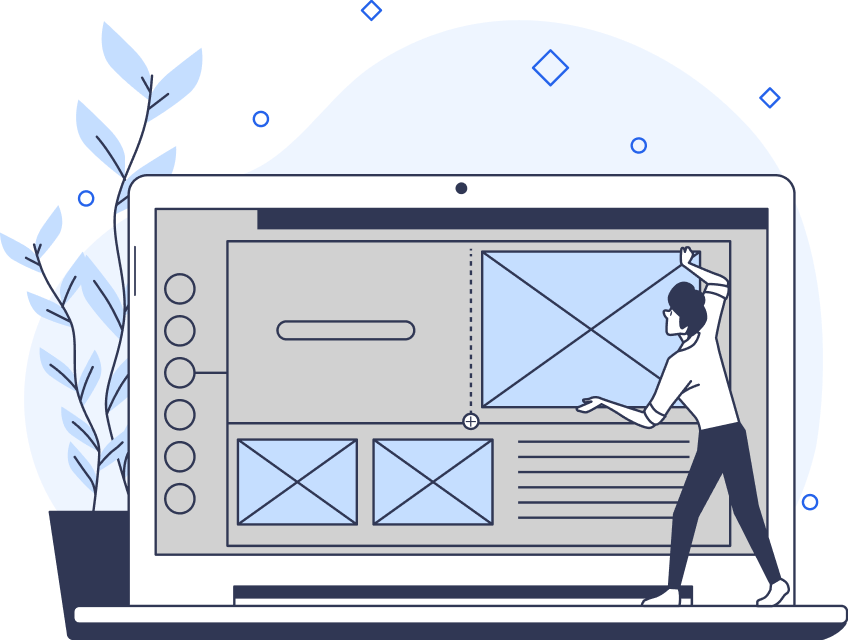With the emergence of things like voice searches and virtual assistants, the future of web design looks extremely exciting. As new trends and technology emerge, however, web designers must adapt swiftly and effectively to create superior user experiences.
To help you navigate the future of web design, we’ll discuss the new trends and technologies that designers now leverage. By the time you’ve read this guide, you’ll know how to stay ahead of the curve without compromising user engagement.
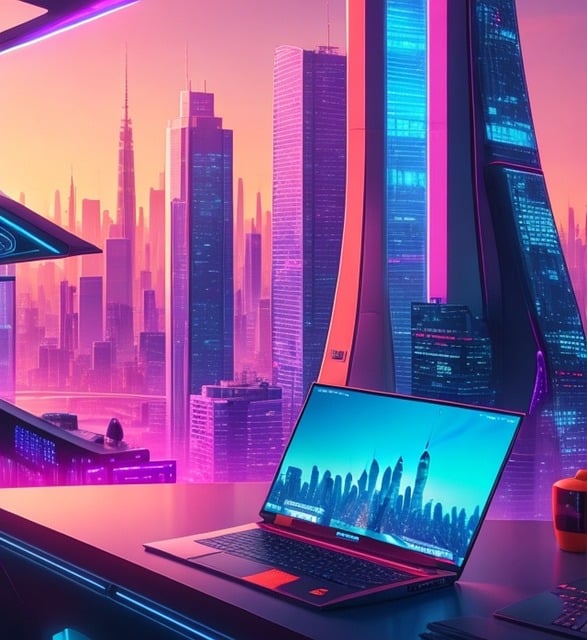
How Web Controls Emphasize the Future of Web Design
Let’s start with technology. You need to know how web controls emphasize the future of web design. Below, you’ll find out which technologies are shaping the future of user interactions.
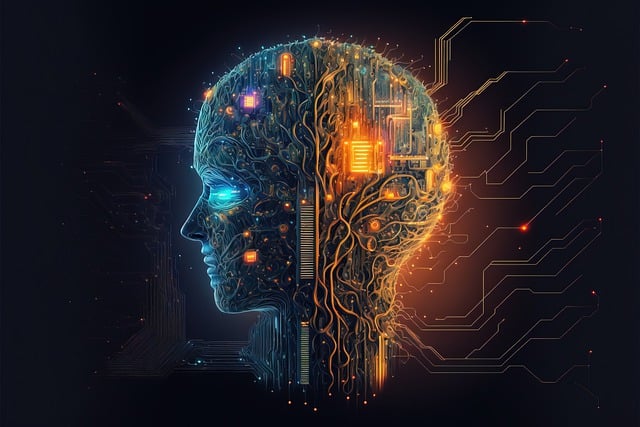
1. AI & Machine Learning
Of course, we can’t talk about the future of website design without addressing the significance of AI and machine learning.
Web designers can leverage AI and machine learning to predict user behavior, allowing designers to create personalized content more effectively. AI and machine learning can also automate processes like prototyping, especially when it comes to generating layouts and UI elements.
Speaking of generation, generative AI can also create a website’s copy, graphics, and images that could strengthen a brand’s identity. In terms of UI design, AI can also generate color palettes, responsive layouts, and typographic elements that users resonate with.
Combine this with AI’s personalization capabilities, and designers could produce the most user-centric websites that internet users will ever experience.
Ultimately, with generative, predictive, and automative capabilities, AI and machine learning are the future of superior user-centricity.
2. Voice Search
Voice searches allow users to search the internet via speech commands. This technology’s popularity is on the rise, thanks to virtual assistants like Alexa and Siri.
Voice search tools improve accessibility by removing the need for typing for people with disabilities. They also allow for a more convenient, streamlined, and—in some instances—safer user experience.
For web designers, accommodating voice recognition technology means optimizing conversational design. Conversational design involves making virtual assistants more natural and helpful during human-computer interactions.
Ultimately, future web designers will have to create conversational interfaces with a human touch and the ability to understand natural language.
For example, users who use voice commands will likely speak in long, full sentences rather than singular keywords. Consequently, designers must instead focus on long-tail keywords in their website’s content.

3. Virtual Reality (VR) & Augmented Reality (AR)
Leveraging VR and AR in web design is how you transform a great digital experience into an immersive experience. In other words, with VR and AR, you can augment the environment in which users interact with your websites. As you can imagine, these technologies revolutionize the way in which designers approach visual storytelling.
Let’s say the goal of your website was to showcase and sell makeup to users. You could use AR to provide users with a realistic glimpse of what they would look like wearing particular products. Not only will this increase user engagement, but it will also facilitate deeper emotional connections between your users and websites.
With this new manner of evoking specific emotions from users, designers will create more memorable and enjoyable digital products.
4. Responsive Design
While responsive design isn’t new, the future of website design, as you know, revolves around accommodating user preferences. Since mobile users contribute to 61.95% of all website traffic, it’s safe to say that users prefer using phones.
For designers, this means that prioritizing mobile-friendly user interfaces is essential. They must ensure that their websites can successfully adapt to varying screen sizes and resolutions.
While designers do this anyway, the future will see a hyperfocus on mobile-first design. This means that it will no longer be sufficient to just transmute desktop-optimized designs into mobile-friendly designs. Future mobile-first designs must celebrate user-centricity and faster loading times, especially when it comes to search engine optimization (SEO).
Consider Google’s mobile-first indexing, for example. Mobile-first indexing means that Google prioritizes a website’s mobile version over its desktop version. This means that if you don’t prioritize the mobile user’s experience, you risk lower SEO rankings.
The Latest Trends: The Future of the Web Design Industry
Along with technologies, design trends also shape the future of the web design industry. For that reason, we’ve explored some of the most popular emerging web design trends of 2024 below.

1. Creative Cursors
Cursors were relatively unremarkable visual elements until recent design trends emphasized their aesthetic value. Modern websites celebrate custom cursors, making small but impactful tweaks to their sizes, colors, and shapes.
Aside from engaging users, creative cursors can also help you reinforce your brand’s unique personality. Look at websites like VitalXP, which replaces the common cursor with a vibrant, futuristic target icon.
This cursor reflects VitalXP’s brand colors and emphasizes a passion for gaming, which their target demographic shares. Additionally, when you hover your cursor over interactive elements, the icon will spin 180° as if locking onto a target.
Ultimately, with a few simple tweaks, you will make even moving a mouse an enjoyable part of the user’s experience.
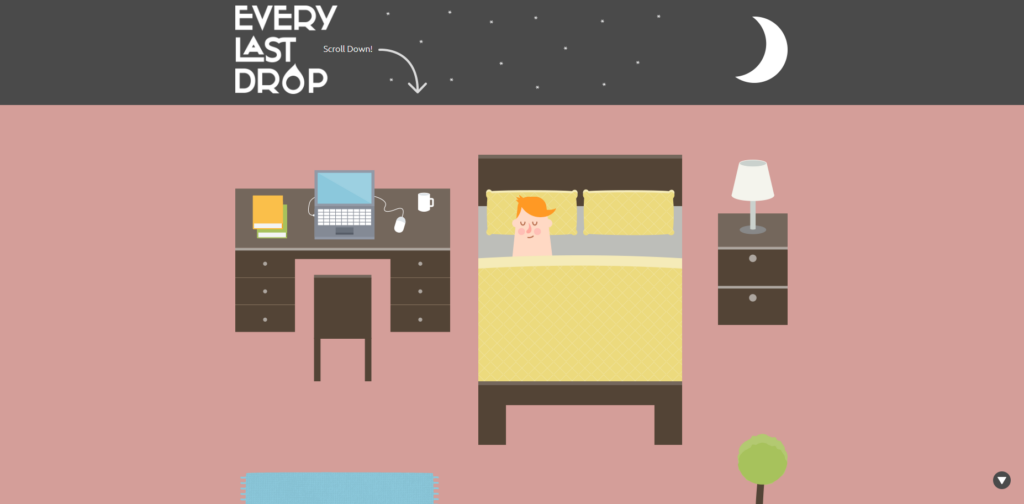
2. Cinematic Scrolling
Cinematic scrolling relates to scroll animations, in which the user experiences an unfolding animation as they scroll through the page. This synergy between the user’s actions and the animation contributes to a modern website’s immersive qualities.
Every Last Drop is a great example of cinematic scrolling. As the user scrolls downward, a visual narrative plays out. Every scroll triggers new scenarios with intriguing visual elements and environments. It’s so effective that you forget you’re on a website, which demonstrates the power of captivating storytelling in web design.
The takeaway: making your users an active participant in your website’s narrative is a great way to encourage further exploration.

3. Experimental Navigation
Experimental navigation stays away from traditional navigational aids like top navigational bars in favor of more creative structures. Experimenting with in-product navigation can be risky, especially since it subverts the user’s expectations and increases the learning curve.
That said, by providing a degree of familiarity, you can quite easily combine visual intrigue with ease of use. Take Refund Society as an example.
When users land on Refund Society’s homepage, they will encounter a spinning vortex that speeds up as the cursor approaches. This vortex occupies the majority of the page, and there are hardly any category pages to navigate.
The change in the vortex’s speed creatively clarifies the path that users should take to explore the website. In consideration of the user’s expectations, Refund Society also provides users with a familiar hamburger menu if they are lost.
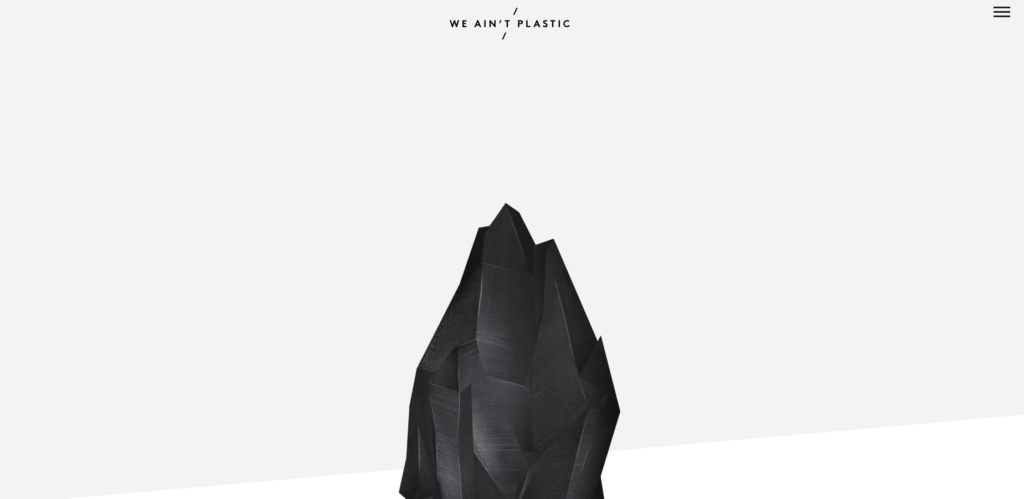
4. Ultra-Minimalism
Minimalism is not a new trend, but it seems that the future of design will take minimalism to new extremes. Designers know this new extreme as ultra-minimalism.
Ultra-minimalism encapsulates the “less is more” ideology, which makes website layouts easier to navigate and loading times simpler to optimize. It can also improve accessibility, as ultra-minimalist websites contain no visual clutter and generously use white space.
A classic example of an ultra-minimalist website is We Ain’t Plastic. On the homepage, you’ll find nothing but a logo, a hamburger menu, an image of an iceberg, and negative space.
This lack of visual elements encourages users to explore the website further and learn more about its purpose. The absence of distracting visual flourishes also solidifies the authenticity and credibility of We Ain’t Plastic’s brand.
Is WordPress the Future of Web Design?
Before you finish reading, we’d like to take some time to address a question that many web designers have. That question is, “Is WordPress the future of web design?”
Once a blogging platform, WordPress is now a thriving content management system (CMS). Its popularity stems from its versatility, allowing designers to create everything from portfolios to e-commerce websites. It’s also popular thanks to its robust community support, a vast range of plugins, and reliable security measures.
Above all, WordPress evolves alongside the needs of modern designers, supporting AI-driven tools, VR and AR integrations, and mobile optimizations. WordPress’s dedication to modern web design trends and technologies is what makes it an innovative force in web design’s future.
It’s safe to say that WordPress will be the go-to website-building platform of the future.
FAQs
What is the future of web design?
The future of web design replaces purely functional, informational designs with personalized, immersive user experiences.
Will AI replace web design?
Artificial intelligence will not replace web design because it can’t leverage emotional intelligence to create truly user-centric, personal designs. Instead, AI will serve as an enhancement for a web designer’s design process.
Will web development exist in 10 years?
It’s safe to say that web development will still exist in 10 years. With the popularity of technology reaching new heights and the demand for web developers increasing, this sector will surely still be thriving in 10 years.
The Future of Web Design: Use Page Flows and Keep Up With Trends
It’s safe to say that the future of web design and development is evolving at a rapid rate. However, the one thing that you can rely on to stay the same is the importance of user-centricity.
Regardless of the latest trends and technologies, creating user-centric websites will always be top priority to a professional web designer. A significant aspect of a user-centric website is intuitive navigation, something which Page Flows can help you with.
Page Flows is the home of a wealth of recordings and screenshots detailing exceptional user flows from proven products. We cover every crucial flow you could ever need for your website, regardless of your industry. From onboarding to customizing settings, we document web and mobile user flows that impact the user’s experience.
We strive to create a reliable base of inspiration that designers can use throughout their careers. No matter what the future holds in store for web design, we’ll always be here to inspire your product’s navigation.
With Page Flows, you won’t have to face the future of web design without valuable, reliable guidance and inspiration. Explore Page Flows today to learn about essential UX basics from which our exciting future stems!


